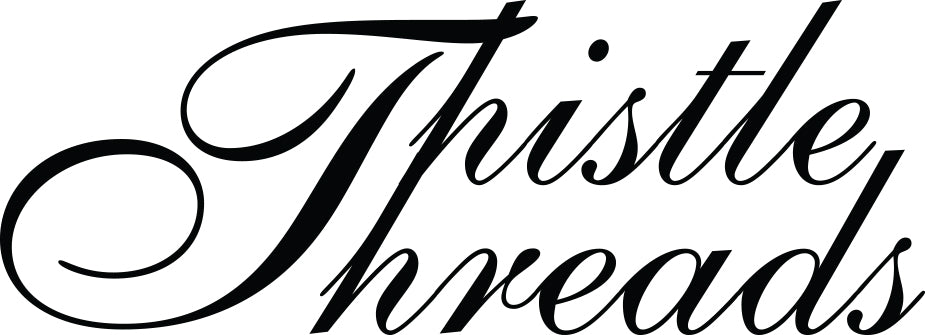$ 6,085.00
– Sold Out| /
Course Type, Length, and Start Date
Project
24-months. When a casket comes available it will be posted.
Course Overview
This project course has everything needed to tent stitch the 18 panels for a double casket, including the casket and all finishing materials. While the double caskets are no long made, periodically a stitcher who has one will offer it back to me from their stash if they decide they will no longer be able to do the project. I buy it back, inspect and make sure all the parts are operating and complete and then allow someone to purchase it with this course. I can't predict when this happens, and do maintain a contact list. If you are interested in being on a wait list, email me at tricia@alum.mit.edu
Course Flexibility
At Thistle Threads, we understand that life’s commitments can make it difficult to focus on a course every month. That’s why my courses are designed to be self-paced, allowing you to learn at your own rhythm. You can take breaks when needed, and the course material will remain available to you, often serving as a valuable reference for future projects once completed.
Course Access and Delivery
Upon the start date of the course, you’ll receive a username and password to access my teaching site on the Thinkific platform. Logging in will immediately give you access to the first lesson, ready for download. Course materials will primarily be provided in PDF format, but may also include additional resources like stitch diagram animations, videos, or Pinterest board links.
Once the course is completed, you’ll receive access to non-public YouTube playlists, where videos and animations will be available for future reference and continued learning.
Access Timeframe
Course materials must be downloaded within three months of the course's conclusion. During the course, all lessons—including new ones and previously released content—will be accessible. So, if you’re unable to log in during a month, you can always catch up by reviewing any missed lessons at your own pace.
Prerequisites
This course requires a basic understanding of counted cross stitch. The biggest issue for students is proper tension of filament silk. This is something that takes practice and a video of the proper tension techniques is available in the Martha Edlin Mini-Course ($15). A willingness to try is the best prerequisite.
